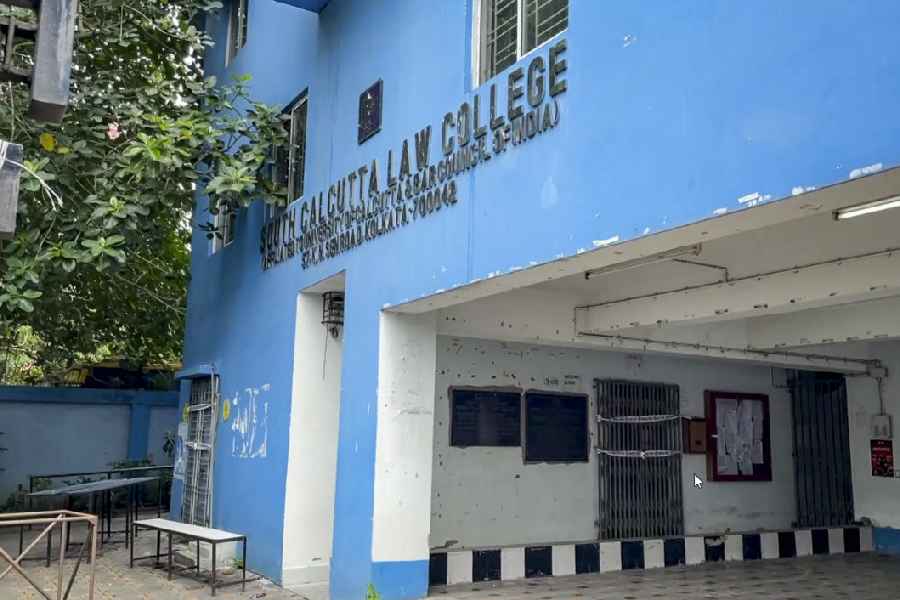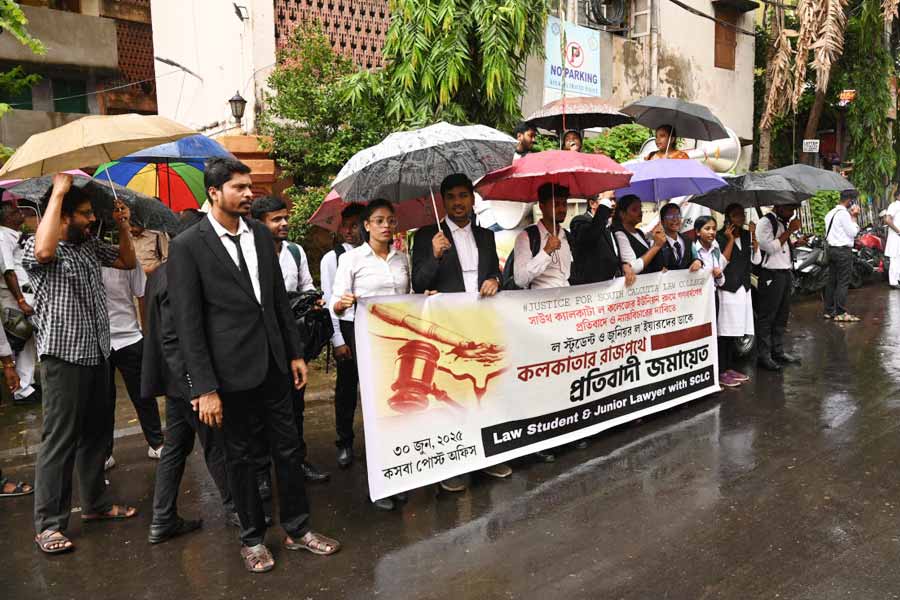 |
| A woman weaves eri yarn. Telegraph picture |
Borjhar, Feb. 16: Shubala Das is a distraught woman today. The 34-year-old weaver’s only source of income is at stake, as she struggles to cope with the escalating prices of eri cocoon and yarn.
“Ours is a hand-to-mouth existence. My husband is a mason and there are times when he has no work at hand. Things have become very difficult now that the prices of these primary raw materials have almost doubled. Our incomes have dwindled by half,” said Shubala, a resident of Xoru Phulguri, nearly 15km from Bijoynagar.
According to sources, an artificial shortage of eri cocoon and yarn in the south Kamrup area has pushed up prices.
A kilogram of eri cocoon and an equal amount of eri yarn have gone up from Rs 400 and Rs 1,600 respectively to Rs 700 and Rs 2,400 over the past few months.
Shubala is not alone in this hour of crisis.
The fate of over 40,000 eri growers, women weavers and spinners of south Kamrup hangs in the balance with a section of unscrupulous traders allegedly supplying the raw materials to mills outside the state, particularly in Bihar.
Over 90 per cent of eri weavers in south Kamrup are women who earn anything between Rs 7,000 and Rs 8,000 per month when the raw materials are easily available.
A majority of the weavers are based in and around Sapartari, Jiakur, Saportari, Chimina, Futuri, Rampur and Bortari.
“Ever since this (the scarcity) has been created, we have been spending sleepless nights. Our future is uncertain,” rued another weaver, Anju Kalita, 32.
Sources said eri cocoon — between 150 tonnes and 200 tonnes —and an equal amount of eri yarn are supplied outside the state every month.
“Nearly 50 per cent of the raw materials is sent outside the state every month,” a source alleged.
The supply racket, they alleged, is based at Chhaygaon and Bijoynagar in Kamrup district, Dhemaji and Gohpur in North Lakhimpur, Hojai in Nagaon and Rangapara in Udalguri district.
The production of eri cocoon slows down between March and June while it is the highest during September-October.
According to the Handloom Census, 2009-10, the Northeast is home to 21.6 lakh handloom weavers.
“Weavers of Assam have a dexterity that is in a class of its own. So, if they are left with little or no eri yarn to spin and weave, it will hamper the culture,” Narmohan Das, an entrepreneur of Haropara near Bijoynagar, said.
Assam now ranks third in silk production in the country, thanks to eri. The state produced 1,976 tonnes of eri in 2011-12.
Moreover, despite a good market for their products, the artisans do not get their due from traders.
An artisan should get Rs 1,600 to spin 1kg warp (the thread used in weaving cloth from top to bottom) from eri cocoon and Rs 800 to spin equal amount of weft (threads that are woven across the warp).
However, sources alleged that traders exploit the artisans and give them only half the amount due.
“If artisans are deprived of their dues, the quality of the products is sure to suffer in the long run. Traditionally-spun yarn is a complete thread for complete indigenous cloth and if the trend of exploitation persists, the number of weavers will decline drastically,” Das said.
Of the eri products woven in the traditional loom are shawls, stoles, eri fibre stoles (made from its fibre and popular in England), eri twill stoles, eri fabric, floor mats, et al. Eri fabric is used in making saris in places like Delhi, Bangalore and Mumbai.
“Products made of hand-spun yarn are unique in their appearance and have a stable market,” Das said.











